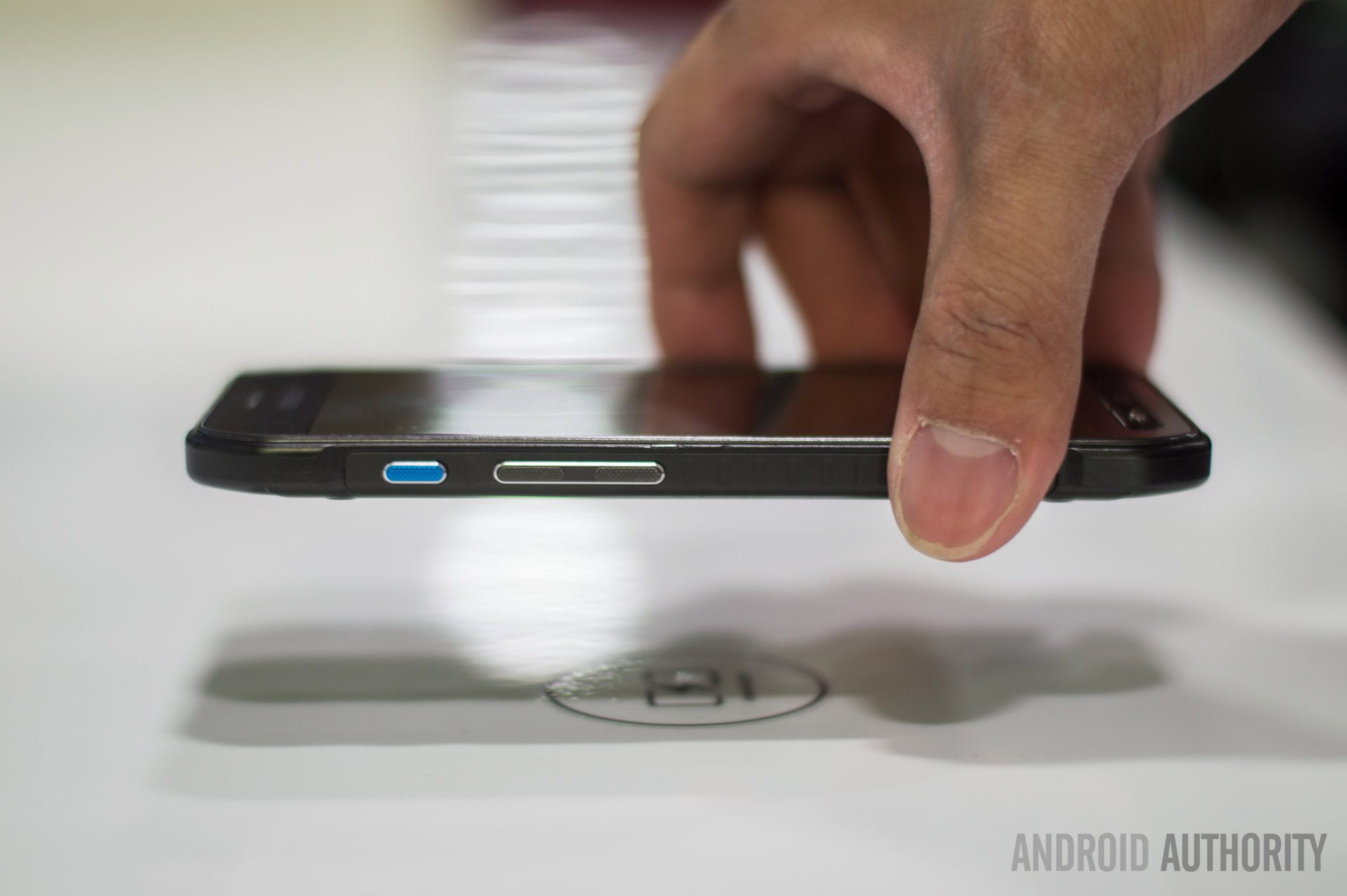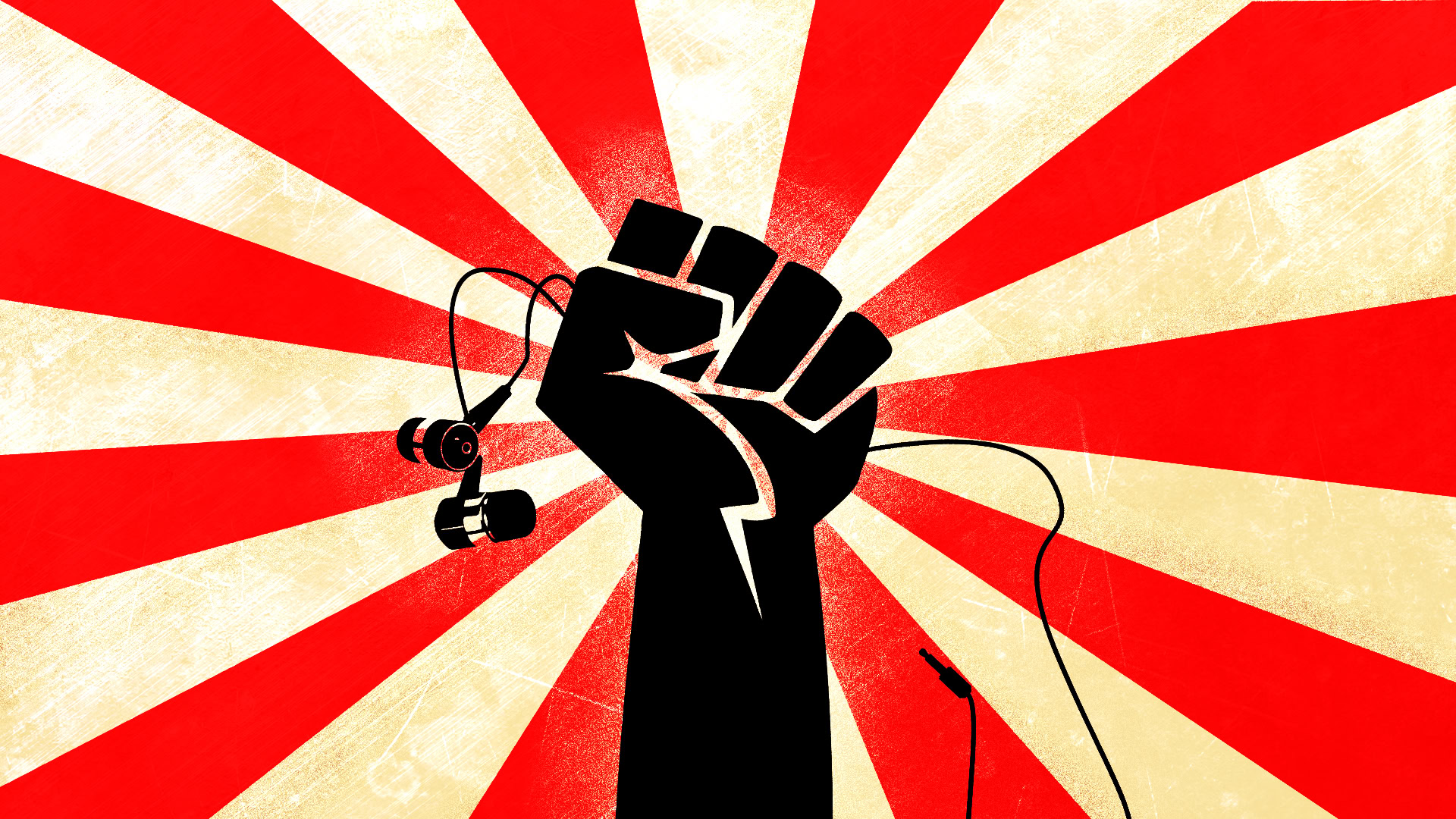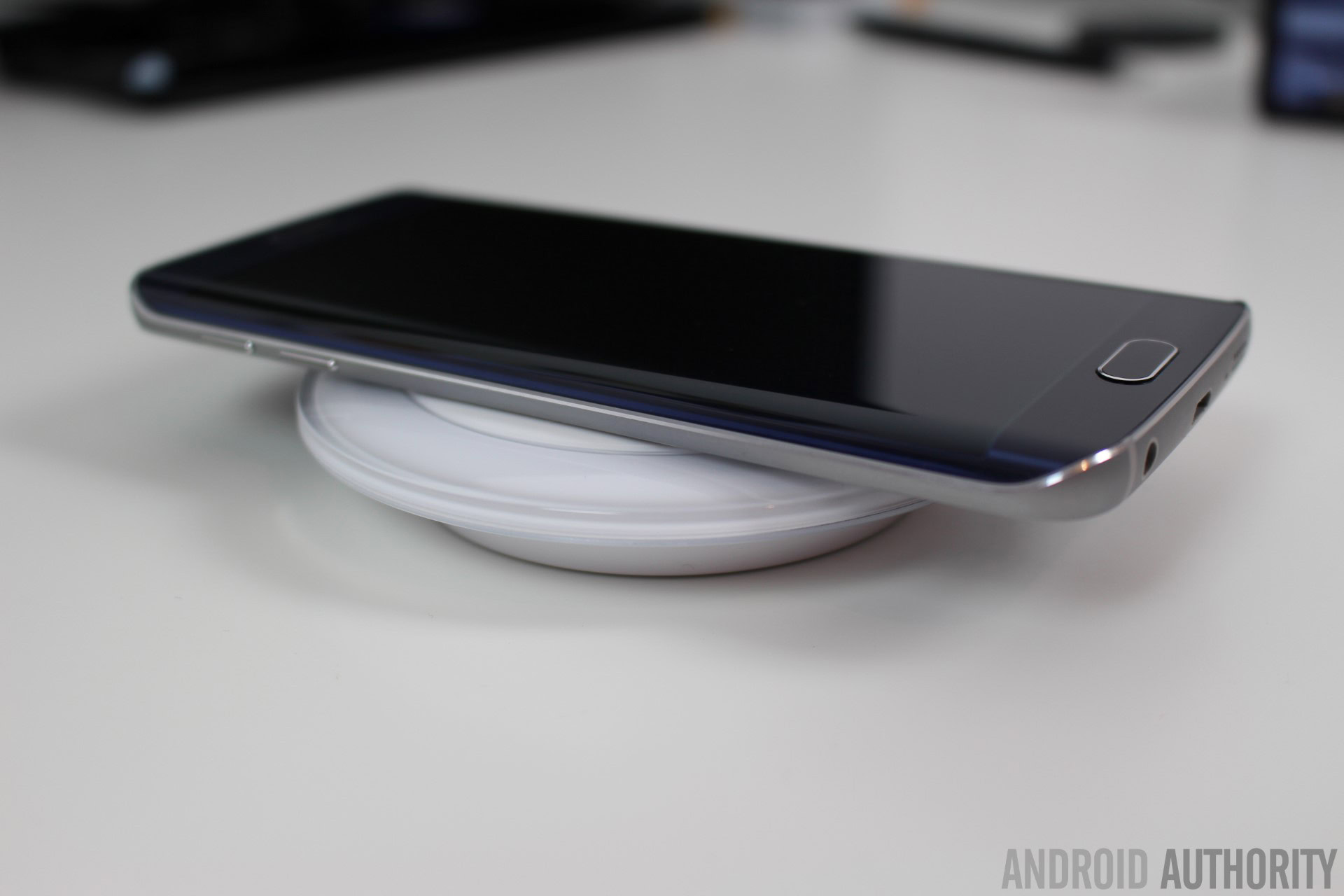Affiliate links on Android Authority may earn us a commission. Learn more.
Will Apple embracing wireless charging finally make it ubiquitous?

It seems like a while since we last talked wireless charging, and with good reason. While the idea is great on paper, commercial adoption hasn’t yet struck a meaningful groove with the mainstream This is despite multi-generations of support for the Qi and Power Matters Alliance (PMA) standards from Samsung and LG, and the occasional dabble from other Android OEMs. You’ll be hard pressed to find many products outside of phones that make use of wireless charging, and even fewer really interesting use cases for it.
However, that might all change following Apple’s latest announcement, as the new iPhone X, 8, and 8 Plus will arriving sporting Qi out of the box. It’s a pretty neat feature for Apple users to finally enjoy, but it’s a much bigger win for Qi and the Wireless Power Consortium that oversees the standard, certification, and licensing of the wireless power brand.
Chicken vs egg
The big problem for wireless charging so far has been the classic chicken and egg conundrum. Why should phone manufacturers support it when there are no accessories, and why should accessory manufacturers invest in a standard when the consumer base is so small? Throw in the battle between two major standards, and it’s left many manufacturers simply standing on the sidelines waiting to see how it all plays out.
Samsung and LG hedged their bets with support for Qi and PMA, while automotive and furniture manufacturers tend to have sided with Qi. This may partially be behind Apple’s reasoning to plump for Qi, as the standard simply offers a wider range of support right now.
Samsung flagships sell around 90 million a year, but Apple will be adding more than 200 million potential wireless charging customers to the market with the iPhone X and 8 series.
Even before Apple’s announcement, we’d begun to see wireless power begin to build up a small presence outside of just docking stations and phones. Some businesses had begun incorporating charging points into their public places. You may have even seen or used a few of them dotted around establishments like McDonald’s, Starbucks, and in some hotels. But the biggest barrier to ubiquity remains the number of devices in consumer hands.
Even though Samsung is the largest smartphone vendor in the world, only about 30 percent of sales are flagship tier products that support wireless charging, so that amounts to between 90 to 95 million a year. Apple, on the other hand, ships some 216 million flagship tier phones a year. The latest iPhone announcements are clearly going to make an even bigger difference to the number of consumers with a wireless power product in their pocket.
Not forgetting that when Apple markets something, it enters the broader consumer mindset pretty quickly. If the general consumer is now more aware about wireless charging, they’re probably more likely to start using it. Perhaps the chicken and the egg problem is solved with the iPhone X?

More than just wireless power
While growing support might sound like nothing but positives for when you’re running low on juice, we should be aware that this is more than just about providing free power, there’s a big commercial angle here too.
The Wireless Power Consortium has its Aircharge app, which is designed to help you find nearby charging hotspots to pop into when you’re app is low. Handy for sure, and being a company on the map is bound to bring in an extra punter or two. If wireless charging takes off, we may see more pressure on rival businesses to support Aircharge, but these systems aren’t cheap to install. Customers will end up footing the bill somewhere, either through increased prices or targeted advertising.
With public charging docks, businesses can offer more uniquely tailored experiences to customers and/or collect more data about their habits.
See, part of the Qi wireless standard allows for the transfer of wireless data as well as power, which can be used to send small packets of information to and from a phone, enabling NFC connections, and other use cases. If you’re cynical about why Apple did away with the headphone jack, you might be equally cynical about the cozy relationship between big business and public wireless charging.

Some examples the WPC gives for public docks includes enabling at-table ordering, instant order payments, and running loyalty programs all from a wireless charging point. That’s not strictly bad, but it does mean the potential for more advertising thrust in front of us when we sit down for a coffee and less human interaction in stores. Perhaps more importantly though, these pads can also be used for more secretive data collection, revealing what type of establishments you frequently visit, how long you stay, and with whom you frequent them. All of which is very juicy information for those lucrative advertising profiles.
This combination of data and wireless power isn’t all questionable though, it’s also enabling some interesting new use cases for us consumers. For example, once placed on a charging spot in a car a phone can, via NFC, start streaming music, GPS, and contact data to the system. This is much like current in-car Bluetooth connections but with the added benefit of keeping your phone’s battery topped up. In hotels, guests could wirelessly link their music or video up to a TV, connect to room service, or memorize lighting and adjustable bed settings for frequent patrons.
Overall, there are plenty of incentives for various businesses to hop on wireless power adoption, and they’re far more likely to do so with more consumers sporting compatible phones.

Wrap up
There’s no denying that Apple getting on board with Qi and the Wireless Power Consortium is a big deal for the wireless charging industry, and the new iPhones are bound to help increase those all important consumer adoption numbers. By backing just one horse, Apple’s brand weight has also certainly shifted the power dynamic heavily in favor of Qi over PMA and others.
When companies think about making new wireless power products, they’re going to know that hundreds of millions more consumers will be compatible with Qi over the next year. The Rezence and PMA standards aren’t out of the race yet, but it’s certainly going to be an uphill battle from here to convince manufacturers to support their technology too.
With a growing consumer base, new convenience innovations for consumers, and even a financial incentive for businesses offering “free” wireless power, it’s more likely than ever that wireless charging will finally enter the mainstream. It could be well on its way to ubiquity.